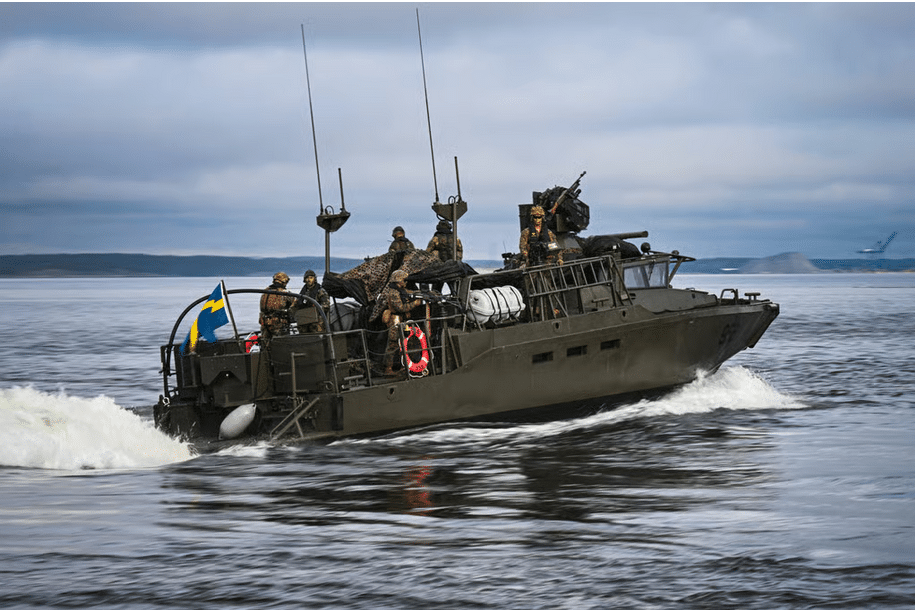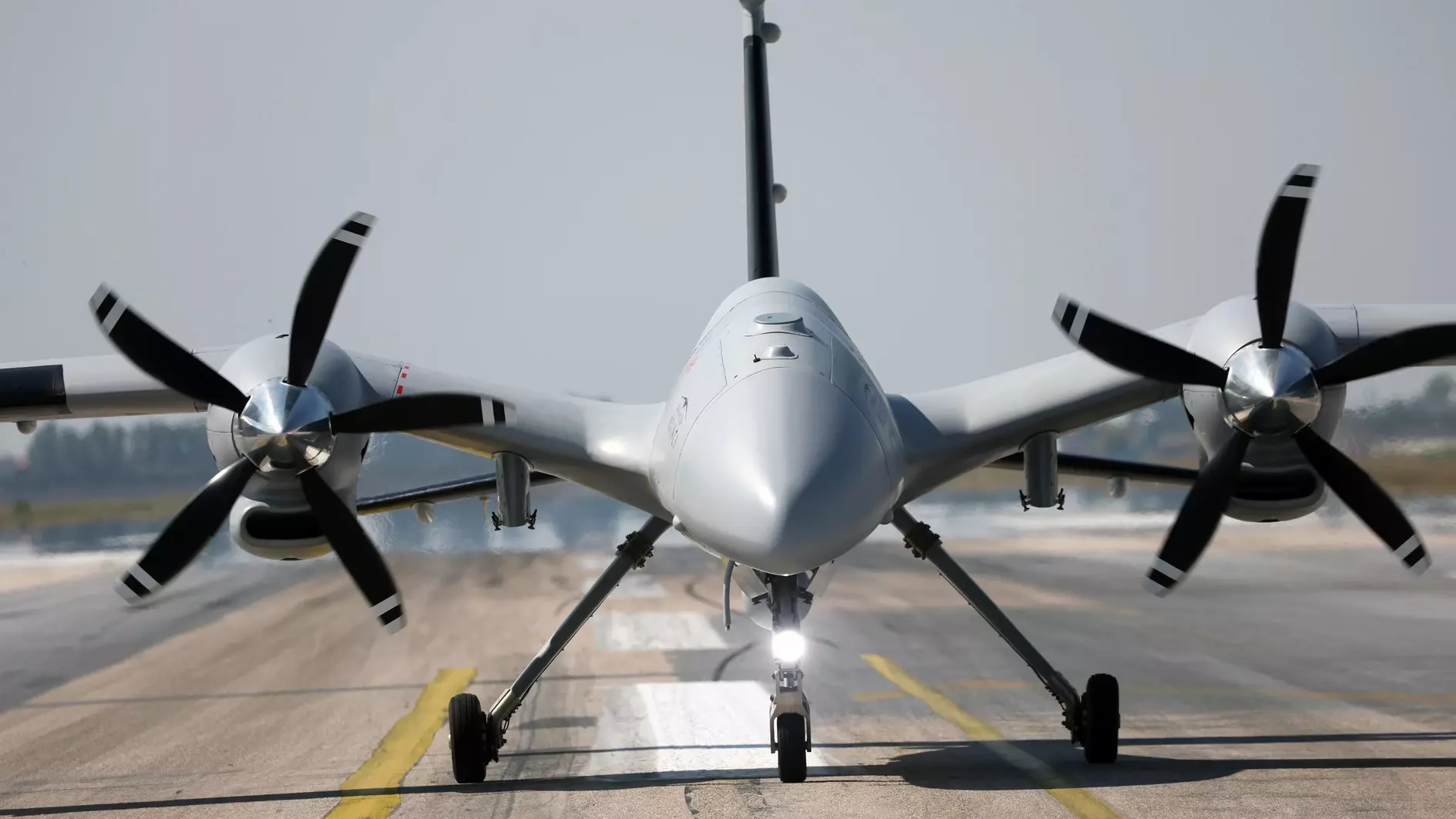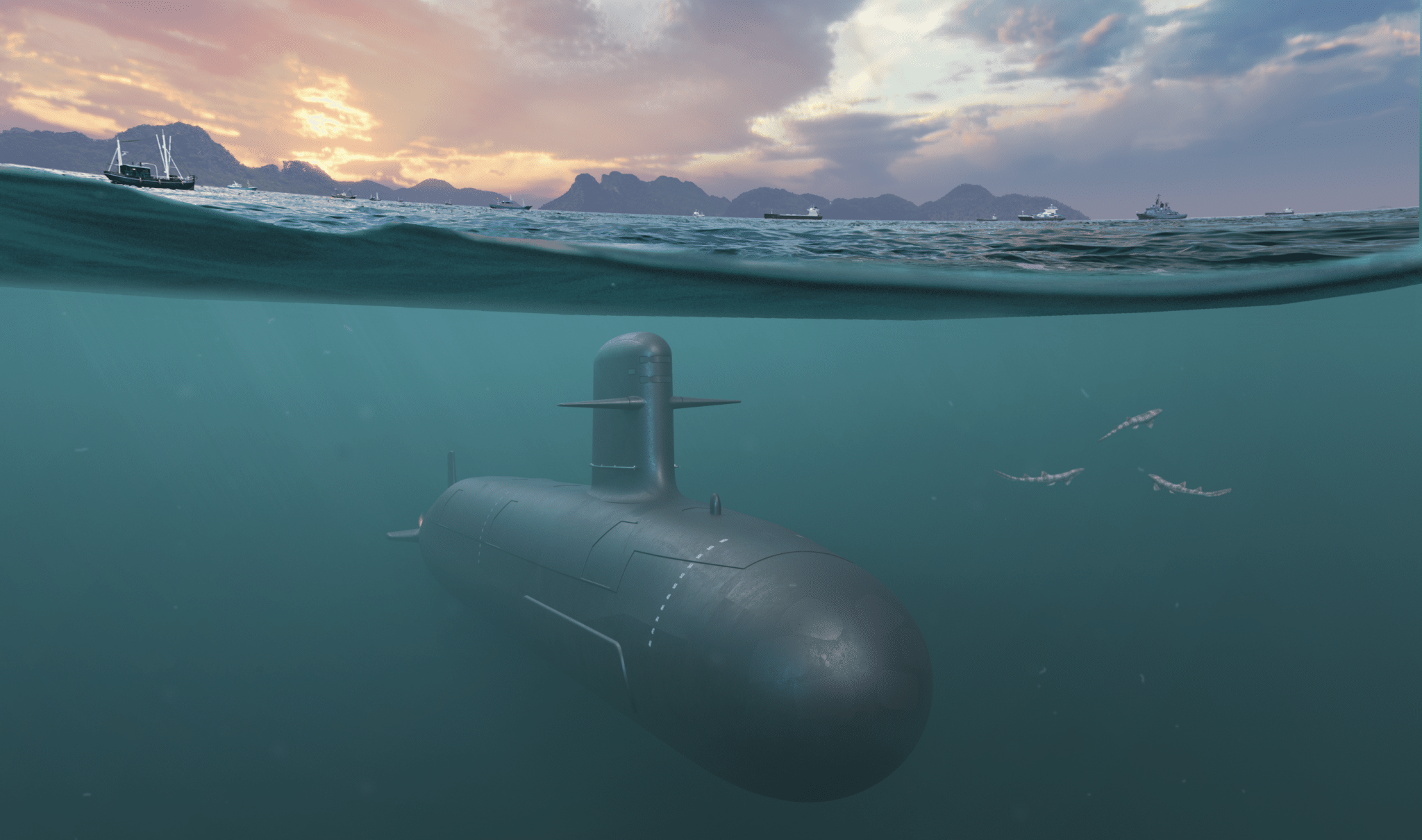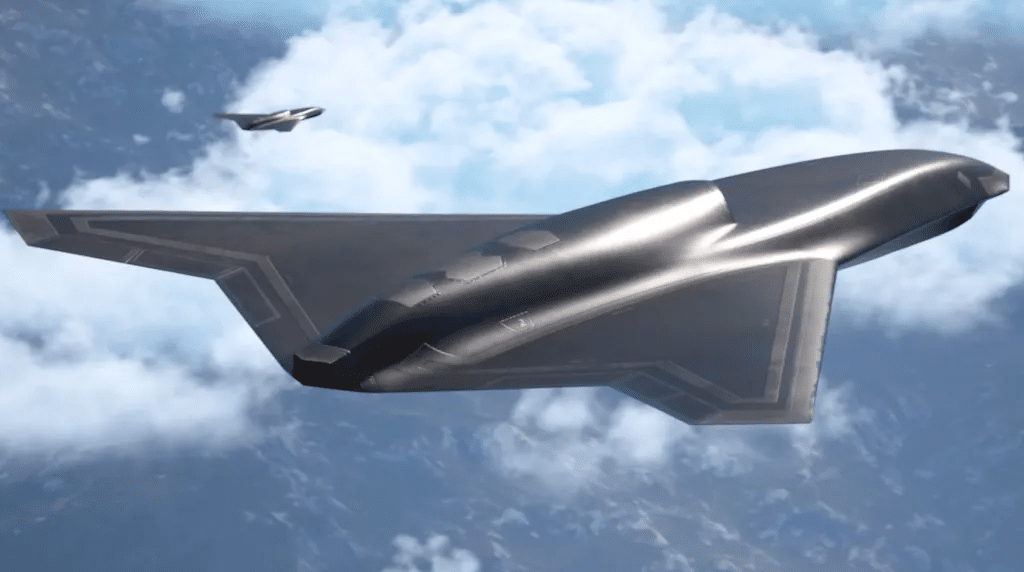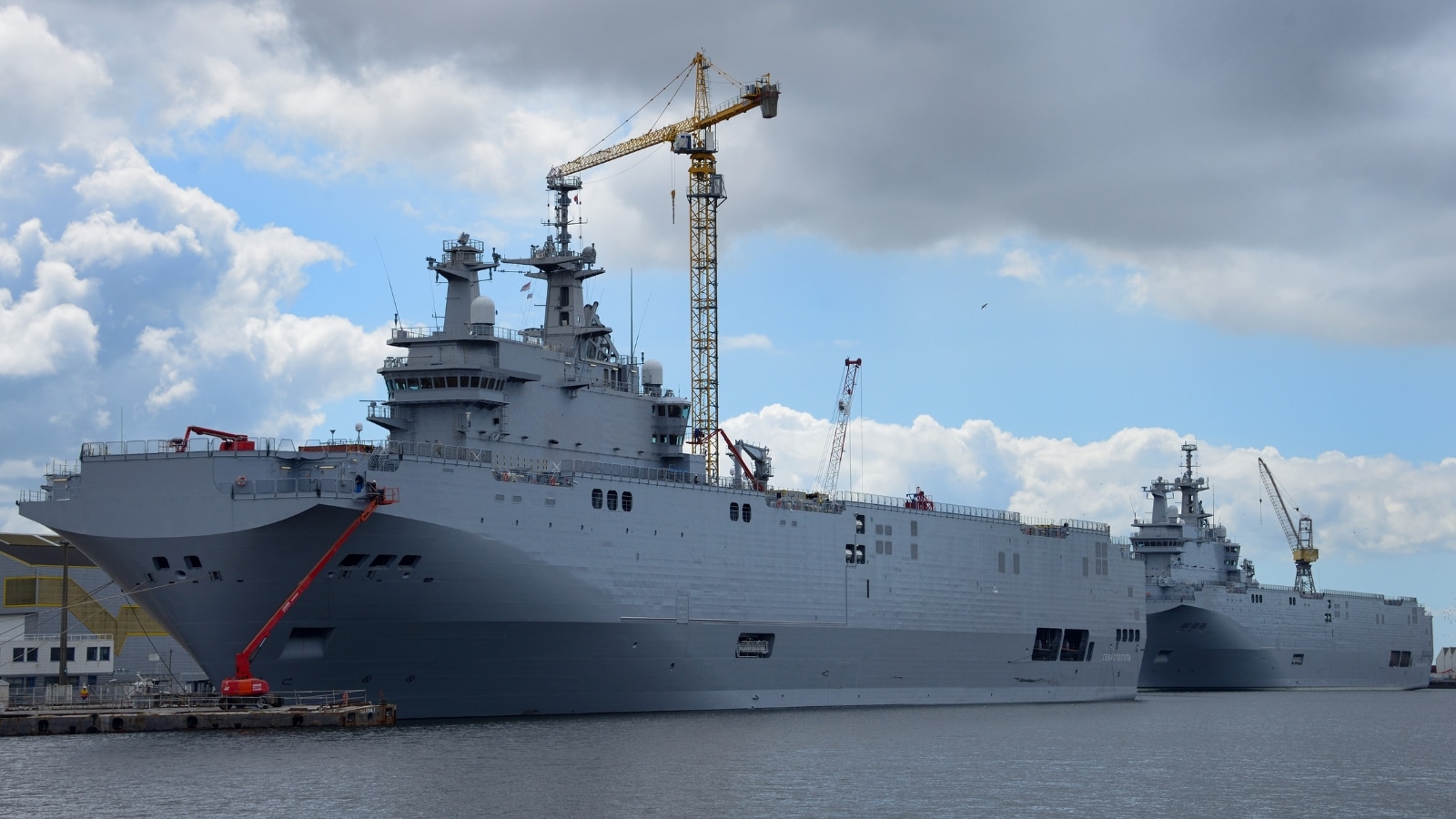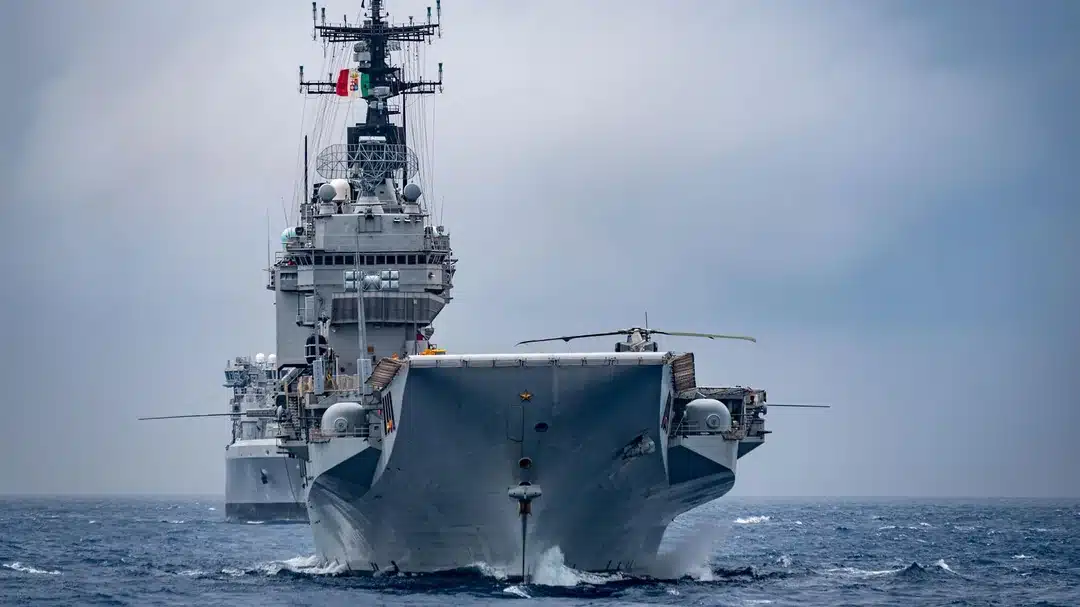Naval Warfare
Multi-mission frigates, corvettes, nuclear or diesel-electric submarines, projection vessels, naval drones... fleets are modernizing in the face of an increasingly challenging maritime environment. Here, we analyze onboard equipment: naval combat systems, missiles, torpedoes, sonars, naval radars, electronic warfare systems and mine countermeasures.
Sweden sharpens Baltic maritime surveillance
The global rise of modular vertical launch systems at sea
The global rise of Turkey’s defense industry: breakthroughs, risks, and...
Indonesia strengthens naval sovereignty
Europe vs the “Shadow Fleet”: the technical arsenal tightening the...
From wingmen to underwater ghosts: the new era of defense...
The Russian mistral affair: eleven years later
Indonesia buys Italian aircraft carrier Giuseppe Garibaldi
Maritime drone in naval operations
- 1
- 2
Naval Technology News
Naval warfare is undergoing a profound transformation driven by technological innovation, strategic realignment, and evolving maritime threats. At Defense Innovation Review, our Naval Warfare category offers expert analysis and comprehensive coverage of the systems, platforms, and doctrines redefining naval power in the 21st century. What technologies are shaping the future of maritime operations? From unmanned surface vessels (USVs) like the Sea Hunter to cutting-edge submarine platforms incorporating advanced propulsion and acoustic stealth, navies are investing heavily in autonomous systems and next-generation combat capabilities. Directed energy weapons (DEWs), electromagnetic railguns, and integrated combat systems such as Aegis and SPY-6 further extend naval reach and lethality. Why do these innovations matter? As great power competition intensifies in strategic theaters like the Indo-Pacific, the ability to project force, secure sea lanes, and maintain maritime domain awareness is critical. Modern naval warfare demands resilient, networked, and multi-domain integrated forces.
Defense Innovation Review delivers the insights defense professionals need to navigate these shifts, evaluate technological impact, and align maritime capabilities with future conflict scenarios.


